Best Solar Panel Design Software 2024
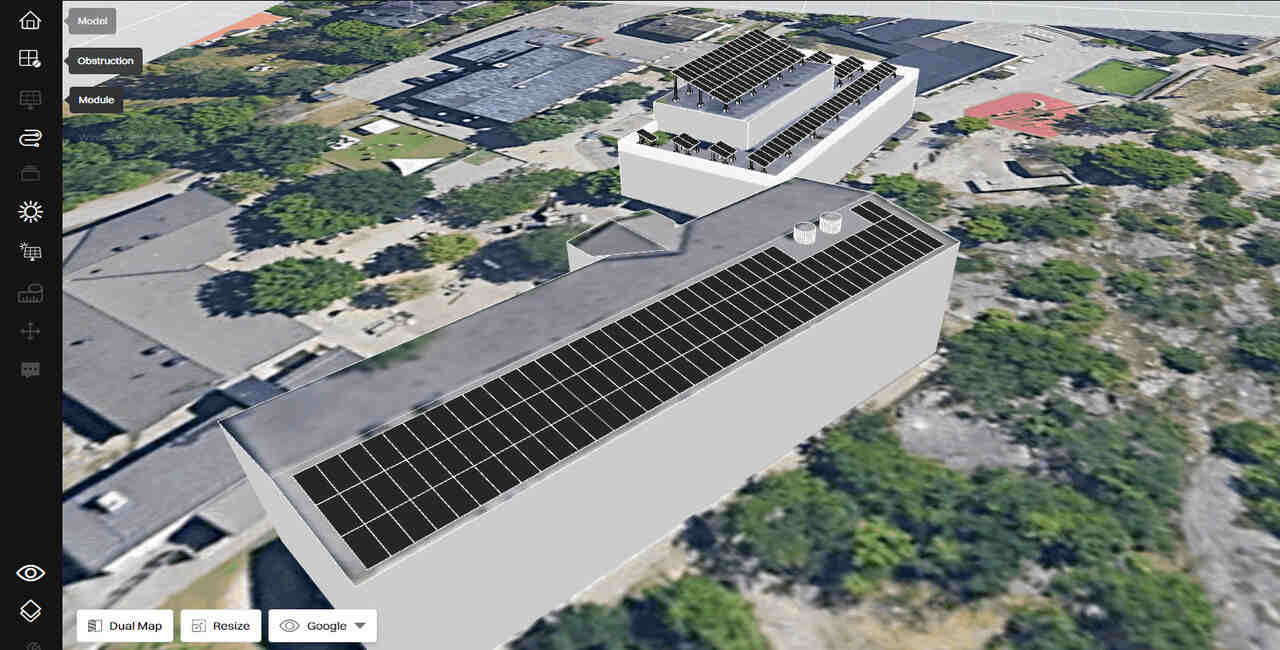
What Is Solar Panel Design Software?
When it comes to sustainable energy sources, solar energy has received the most attention. It is abundant and readily available, with the ability to supply our whole planet's energy needs. As a result, a rising number of solar energy installers are using various software and tools to design and build small-scale solar power production facilities for industrial plants, commercial buildings, and even residential properties. Creating proposals to assist clients in understanding how their solar energy system will be implemented and what it can accomplish for them has also progressed tremendously. This may be accomplished by engineers using a number of digital tools and software.
A solar installer may have access to solar design tools using modern technologies to aid with the sale of solar panels in the market. One of the most important features of solar panel design software is the ability to work from home, the workplace, or on the road. Furthermore, having the ability to log in from anywhere at any time of day is the most convenient element of having access to many devices. Laptops, tablets, smartphones, and desktop computers all serve as fantastic reference tools while meeting with potential clients. Along with other devices, the right type of solar panel design software is an important resource tool for completing the sale of solar panels. Businesses and industries employ solar design to diversify their energy sources, improve efficiency, and save money on solar projects. Energy producers and utilities employ solar photovoltaic and concentrated solar power technologies to create electricity on a large scale to power cities and small towns.
How Is Solar Panel Design Software Used?
Solar panel design software was developed to meet the demand for a low-cost, dependable, and effective tool for planning solar system projects. It can assist project managers in making procedures easier and more feasible while enhancing team efficiency.
When developing a plan or designing a system for a customer, a solar designer must consider three primary factors,
Size & Location of Property: The first is the client's property location and size, which will assist in calculating the number of panels required. It is also critical to select the proper solar panel to employ.
Condition of the Location: Sun coverage, foliage, and the surrounding environment are all factors that might impact solar effectiveness. This is necessary so that designers and project managers, among other things, can determine how much energy the panels can produce.
How much Energy the Client Consumes: Identifying the probable percentage a customer might save with solar panels will determine how much energy a household or an office consumes.
What Is The Need Of Solar Panel Design Software?
Solar panel design software allows solar businesses to provide their consumers with quick and accurate quotes by automating the design of solar systems. Some software allows users to model both the setup and performance of a future solar system. This speeds and simplifies the engineering and sales processes, which is especially important for large-scale solar plants with challenging topographies.
Let's take a look at why solar panel design software is necessary and important in today's society:
- Calculates the quantity of solar energy accessible at a certain area, such as the roof of a building.
- Determines the region of the site that is free of shadows and suitable for solar PV installation.
- Helps in developing a solar PV system capable of producing the necessary solar energy.
- Estimates the solar energy production in the future.
- Provides engineered drawings and reports for the proposed installation.
To create an efficient and fruitful solar design, a solar panel design software constantly aims to balance the four factors outlined below:
1. Keep the project's costs as low as possible.
2. Maximum Power Generation
3. Maximum structural strength and stability
4. Making the best possible use of available land area
Top 5 Solar Panel Design Software:
ARKA 360
ARKA 360 is a cloud-based SaaS and AI platform for solar design and sales growth. It specializes in creating preliminary sales estimates and optimizing system designs for solar installers and government agencies. ARKA 360 was created in 2017 and is based in New Delhi.
Main Features:
AI-Assisted Faster Design Creation: Make designs that are simple, precise, and rapid. You may see your design in 3D or 2D. Discover various iterations and select the optimal solution based on your customer's requirements.
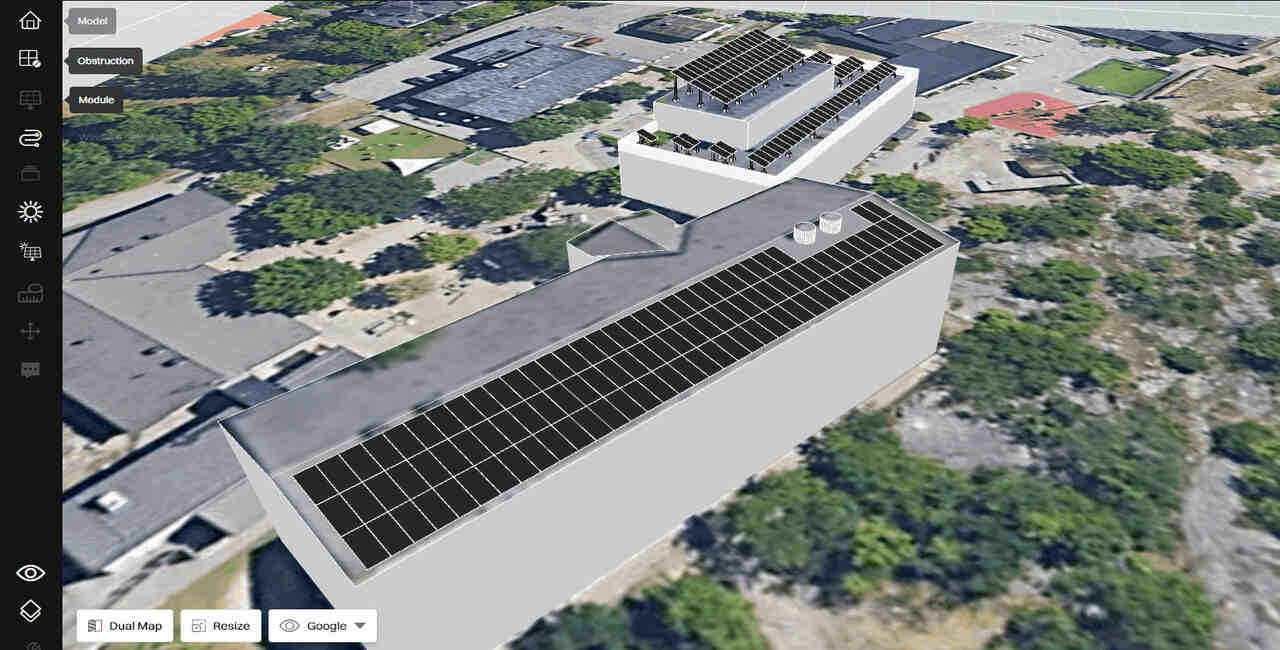
Smarter Energy Profiling & Modeling: In minutes, you can create precise electrical schematics for utility-scale or home projects. You may select from a variety of mounting templates and panel tilt levels. Create barriers of any shape with the polygon tool and other tools.
Accurate Simulations and Shading Analysis: Predict your monthly, quarterly, and yearly power output and losses with ease. Create trustworthy heat maps by simulating shade patterns for any day of the year.
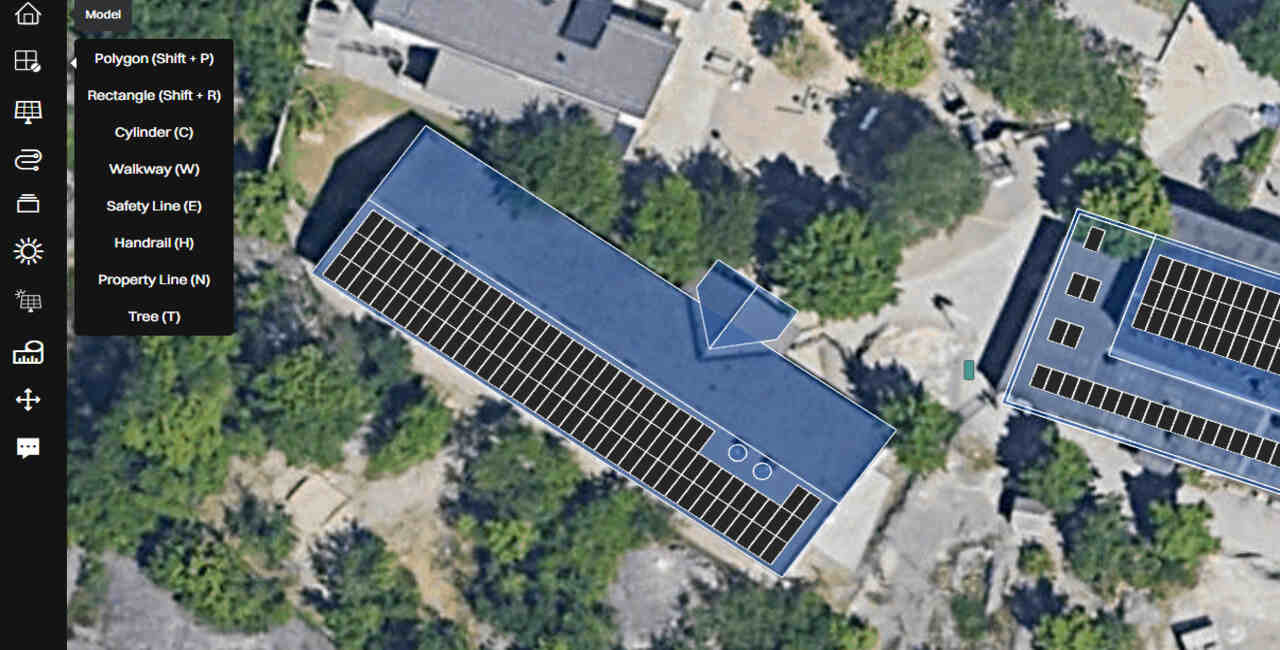
Sales Proposals and Commercial Reports: Attract clients with detailed but not comprehensive proposals. Concentrate on important growth KPIs and offer different financial alternatives in a succinct manner. In one place, you can see your total savings, payback period, and internal return rate.
CAD Layout and SLDs: Make single-line diagrams and save them as DXF files for simple building designs.
Pricing:
- The Lite plan costs $40/month paid annually or $80/month paid monthly. This plan includes basic project designing and report generation.
- The Basic plan costs $67/month paid annually or $133/month paid monthly. This plan includes unlimited residential & commercial projects.
- The Premium plan costs $100/month paid annually or $200/month paid monthly. This plan includes advanced workflows, permissions, and 3D exports.
Availability:
ARKA 360 is a Software as a Service (SaaS) that may be accessed via any current browser on PCs, laptops, or even mobile phones.
Rank: #1
Website: https://arka360.com/
Limitations:
The interface is solely available in English, with no support for other languages.
Aurora Solar
Aurora Solar creates cloud-based software that allows solar PV engineering design, workflow management, and sales and client acquisition for solar installers and financiers. Aurora Solar was formed in 2013 by Christopher Hopper and Samuel Adeyemo. Its headquarters are in San Francisco, California.
Main Features:
Simple and Efficient Design Interface: Users may use the programme to do thorough shading analysis and shade measurement, drag and drop components to develop system designs, and generate single line diagrams automatically. All designs are tested for electrical restrictions, industry best practices, and NEC regulatory compliance automatically.
Easy and Automated Financial Report: It allows users to swiftly analyze the feasibility of a project and readily simulate several of the most prevalent funding schemes. Financial models take into account the project's energy profile and generate accurate and dynamic visualizations of financial data such as cash flows, payback periods, LCOE, and bill savings.
Compelling Sales Proposals: Sales proposals instantly draw in custom project and customer data, 3D images, and financial analysis into any number of clean and professional templates, ensuring a uniform, yet personalized experience for all clients.
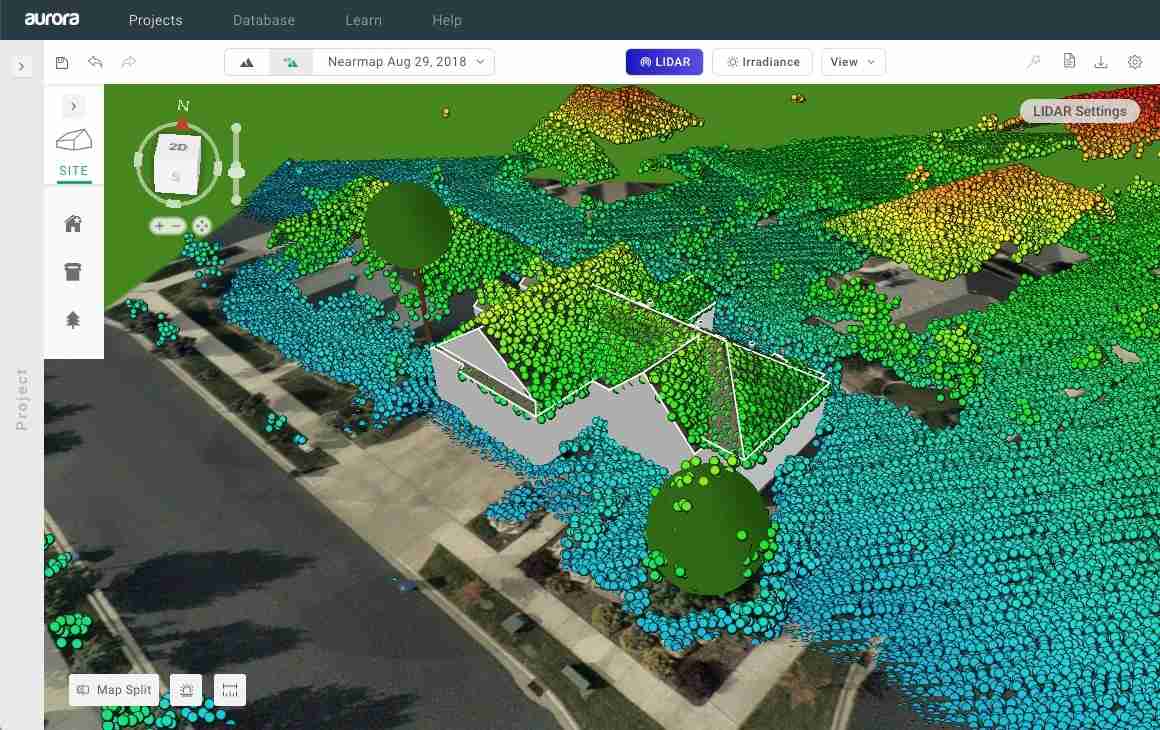
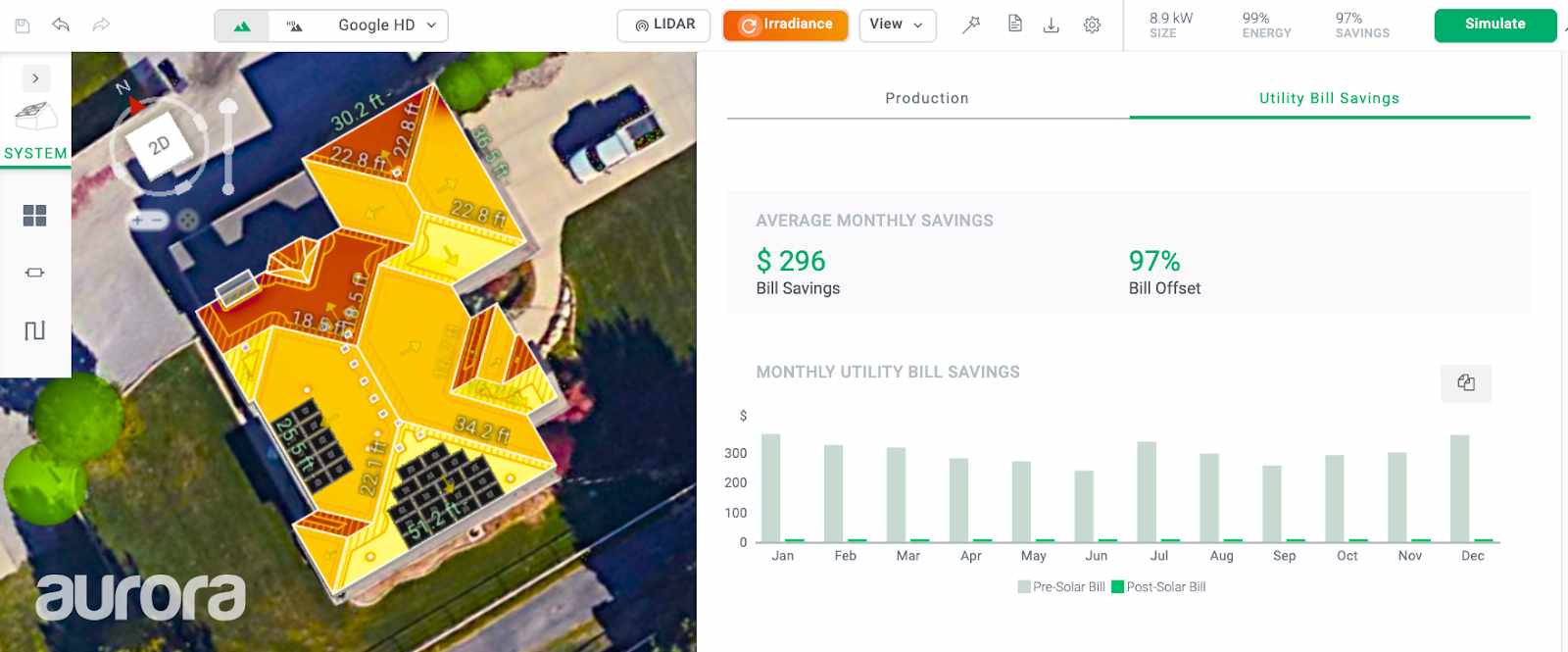
Pricing:
- The Basic plan costs $135/user/month billed annually, saving $288 per year. This plan is meant for users who want just the basics.
- The Premium plan costs $220/user/month billed annually, saving $468 per year. This plan is meant for users with more advanced sales and design needs.
Availability:
Aurora Solar is a SaaS company that assesses solar installation projects using aerial images.
Rank: #2
Website: https://www.aurorasolar.com/
Limitations:
Pricing and subscriptions are quite expensive.
HelioScope
HelioScope is a well-known solar industry platform for building and selling high-performance solar arrays. It is straightforward to use and comprehend for designers and engineers. It includes a slew of useful features for anybody interested in solar energy. It's no surprise that a large number of people have utilized this programme to build solar PV installations.
Main Features:
As an online solar design tool, HelioScope includes a lot of useful features. This contains the objects mentioned below:
- Solar Panels Layout
- Shading Analysis
- Single Line Diagram Export
- 45,000 Component Library
- Quick Design Revision
- Google Maps Integration
- PAN File Support
- Unlimited Designs
- API
- Computer-Aided Drawing (CAD) Tools
- Solar Energy Production Estimates
- System Energy Loss Chart
- 3D Design
- Voltage Drop Calculation
- One-Click Sharing
- SketchUp Shading Integration
- Wiring Selection
- NSRDB/NREL Meteo Integration
- Support up to 5 MW Systems
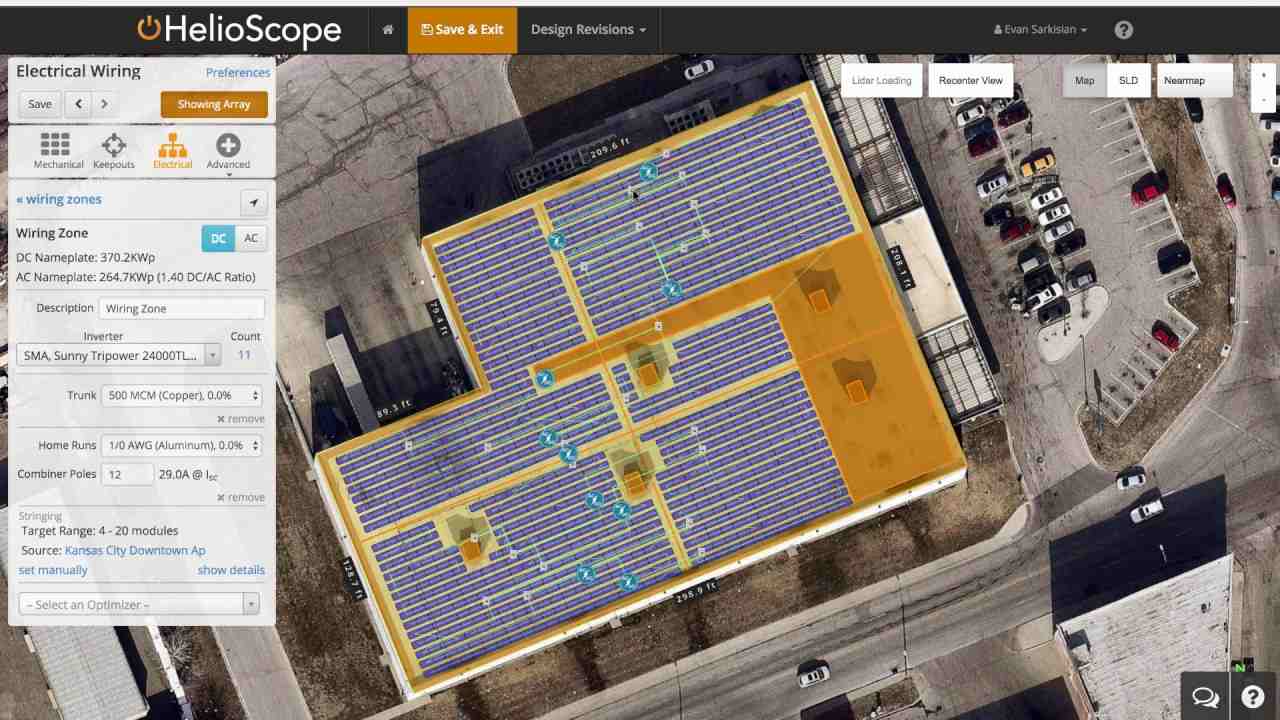
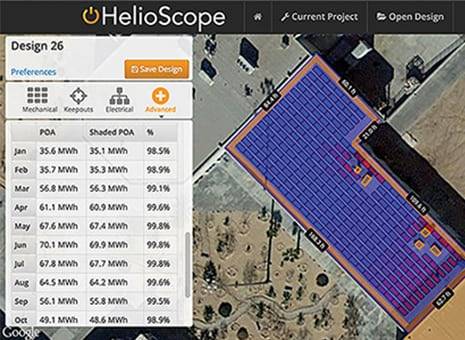
Pricing:
- The monthly plan costs $95 Per Month.
- The annual plan costs $79 Per Month or $950 annually with 17% savings.
- Includes a free 30-day trial for new users.
Availability:
Any current browser may access HelioScope. Users may use their desktops, laptops, or even mobile phones to construct solar PV designs because it is web-based.
Rank: #3
Website: https://www.helioscope.com/
Limitations:
- There is no animation to show the shading and loss features.
- It is not feasible to simulate detailed graphs.
PVsyst
PVsyst is a PC software application that allows you to investigate, size, and analyze data from full PV systems. It includes PV systems that are grid-connected, stand-alone, pumping, and DC-grid (public transportation), as well as substantial meteo and PV system component databases and basic solar energy tools. Architects, engineers, and academics will benefit from this software. It is also incredibly useful for educational purposes. PVsyst employs a complete collection of tools to conduct a thorough and exact study of PV systems.
Main Features:
The following are some of the important features of the PVSyst software:
- System designing
- System sizing
- Creating a shading scene
- It generates simulations and outcomes.
- Model storage systems
- Some additional features include importing data and components and getting weather data from meteonorm.
- Simulate the aging effect of solar modules, etc.
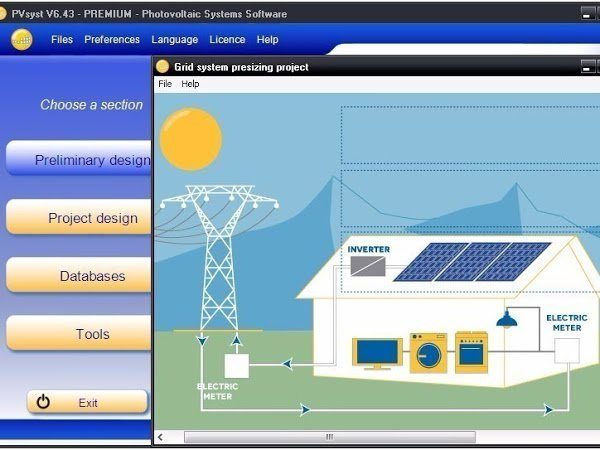
Pricing:
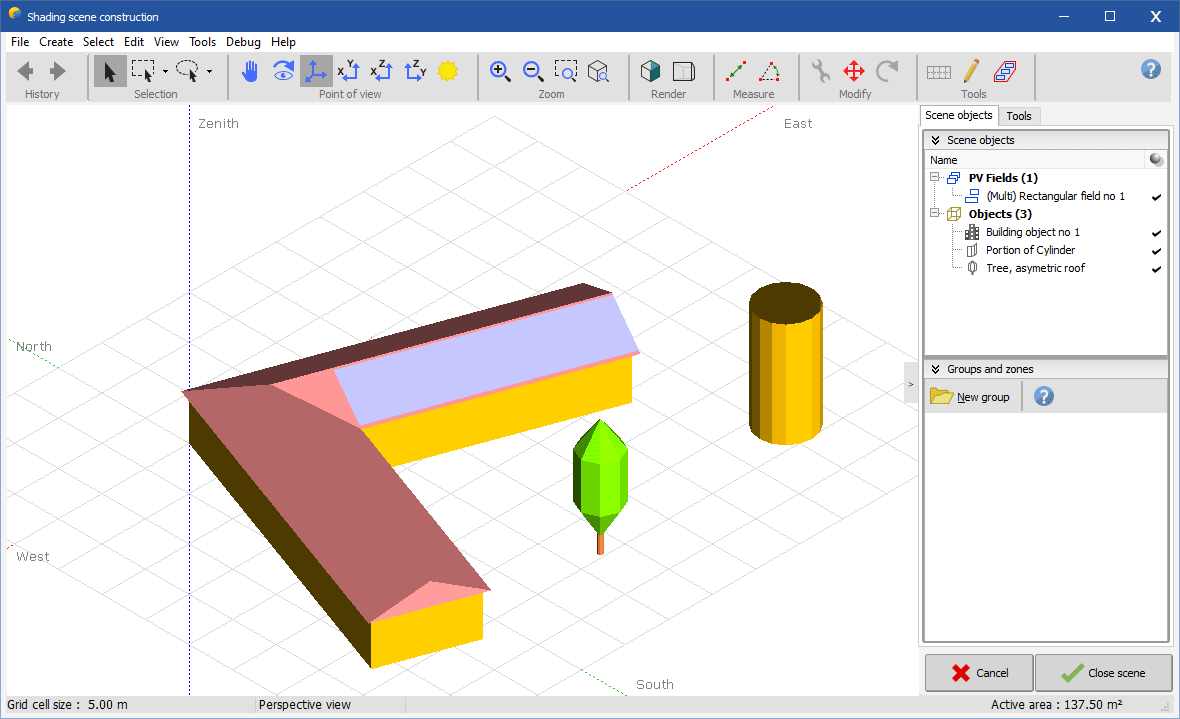
The PVsyst 7 Professional plan costs $647 per year.
It includes:
- Unlimited features
- Unrestricted access to components database
- Updates included
- Discounts on grouped orders:
2-4 licenses : -5%
5-9 licenses : -15%
From 10 licenses: -20%
The Classroom plan costs $27 per year
- Manufacturers mentioned as generic in the report
- Print reports watermark: "Classroom"
- Granted upon supply of an Educational program
The Student plan also costs $27 per year
- Manufacturers mentioned as generic in the report.
- Print reports watermark: "Student"
- Granted upon supply of a copy of a Student card.
Availability:
You must download the application from its official website in order to avail full PVsyst features; you can also renew subscriptions for current licenses on their online shop.
Rank: #4
Website: https://www.pvsyst.com/
Limitations:
The designers encounter a hurdle in designing bifacial PV modules installed on single-axis trackers.
Open Solar
OpenSolar is the world's first free, end-to-end solar design and sales application, providing solar professionals with a highly sophisticated, yet simple-to-use software tool that meets all of their needs, from marketing and lead management to solar system design, sales, installation, and service.
Main Features:
3D Design, Leading Accuracy: The quickest, easiest, and most accurate 3D design tool accessible, ensuring that your ideas are dependable and bankable both in the office and on the road.
Integrated Finance Partners: Easy selection and integration of your preferred financial sources, as well as in-app real-time approvals, make selling easier than ever.
Proposals that Sell: Fully customisable, interactive proposals that can be viewed online or as a PDF. Sales conversion rate of 24 percent based on experience selling 10,000's of systems face-to-face and over the phone.
Free of Cost: All of this is available to all users for free indefinitely.
Open API: Integrate your existing CRM and business tools with our market-leading platform. Work in the way that you desire.
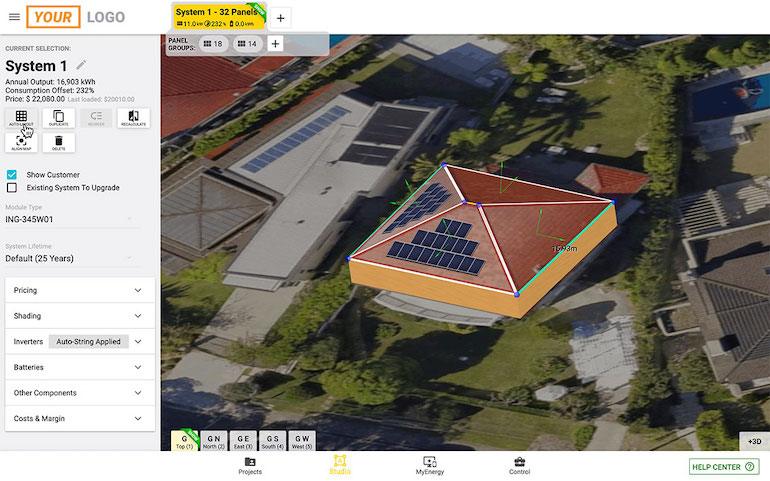
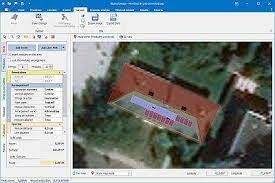
Pricing:
It is totally free of cost.
Availability:
It's a cloud-based software with a mobile-friendly operating environment that lets you run your business from any device in the office or on the go.
Rank: #5
Website: https://www.opensolar.com/
Limitations:
Lacks advanced and innovative design elements such as heat and solar access.
Final Thoughts:
Solar panel design software is a powerful tool for solar power deployment, particularly in the early days of the industry when solar PV, batteries, energy efficiency, and electric cars were commonplace. The solar sector needs a solution now more than ever, and software companies must be at the forefront with the most up-to-date technologies to address the solar energy dilemma. Consider the availability of artificial intelligence, machine learning, and ubiquitous cloud computing. Surprisingly, long-standing searches for features as vital to post-installation customer assistance as operations and maintenance (O&M) have returned few long-standing results. This demonstrates the solar software sector's potential for development and advancement.
Making the proper decision while looking for the finest PV software will have a significant and long-term influence on your business.

